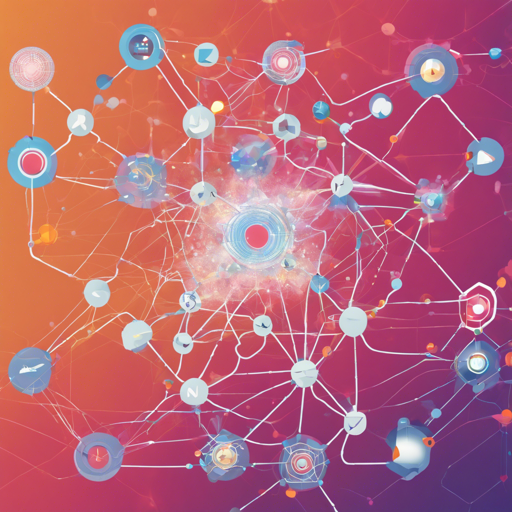With the release of Qwen1.5 110B Chat, the AI community has taken note of the advancements in quantization, specifically regarding how much information can be stored in a model’s weights. In this article, we’ll delve into the intricacies of quants, their implications, and how to effectively utilize them in your AI projects.
What Are Quants?
Quants, or quantization levels, refer to the number of bits used to store each weight in a neural network. Essentially, they signify how the information in the model is compacted, enabling faster computations and reduced memory usage. But how does this all affect the performance of AI models like Qwen1.5 110B Chat? Let’s look at a few quantization options:
- 2.50 bits per weight
- 3.00 bits per weight
- 3.50 bits per weight
- 4.00 bits per weight
- 4.50 bits per weight
Why Does Quantization Matter?
Imagine a library filled with books. The larger the books, the more space they take up. If you compress those books into summaries, they occupy significantly less room while still retaining essential knowledge. Similarly, quantizing model weights reduces their memory footprint and increases processing speed without drastically sacrificing performance.
In the context of Qwen1.5 110B Chat, using lower quantization levels (like 2.50 bits) means the model takes up less space and operates faster, akin to having a more compact library that makes it easier for readers to quickly find key information.
Getting Started with Qwen1.5 110B Chat
To effectively utilize the Qwen1.5 110B Chat and its various quantization levels, follow these steps:
- Visit the Qwen1.5 110B Chat page on Hugging Face.
- Choose the desired quantization level based on your project requirements.
- Download the necessary files, including the quantized weights.
- Incorporate the downloaded weights into your existing AI framework or model.
- Test the performance of your setup to ensure it meets the required standards.
Troubleshooting Common Issues
Even the best-laid plans can hit a snag. Here are some troubleshooting tips if you encounter issues:
- If the model isn’t loading correctly, double-check the compatibility of your AI framework with the downloaded quantization level.
- Ensure that all necessary dependencies and libraries are installed and up to date.
- Consider testing with different quantization levels if the performance does not meet expectations, as smaller weights may work better for your specific use case.
- Refer to the measurement.json file for further insights on expected performance metrics.
For more insights, updates, or to collaborate on AI development projects, stay connected with fxis.ai.
Conclusion
At fxis.ai, we believe that such advancements are crucial for the future of AI, as they enable more comprehensive and effective solutions. Our team is continually exploring new methodologies to push the envelope in artificial intelligence, ensuring that our clients benefit from the latest technological innovations.

